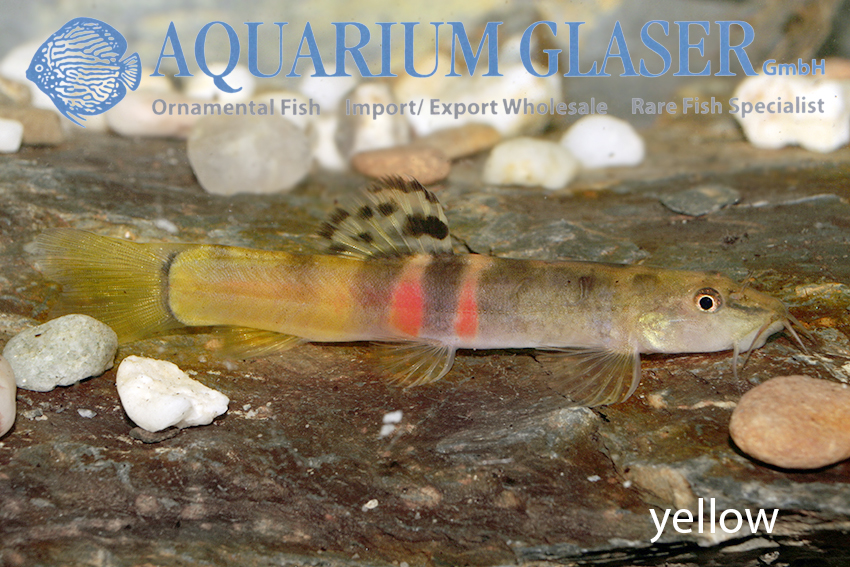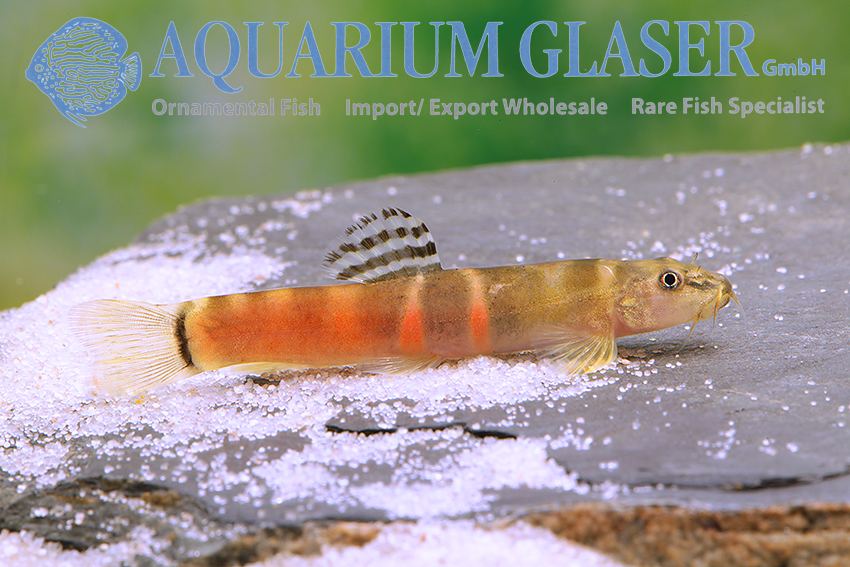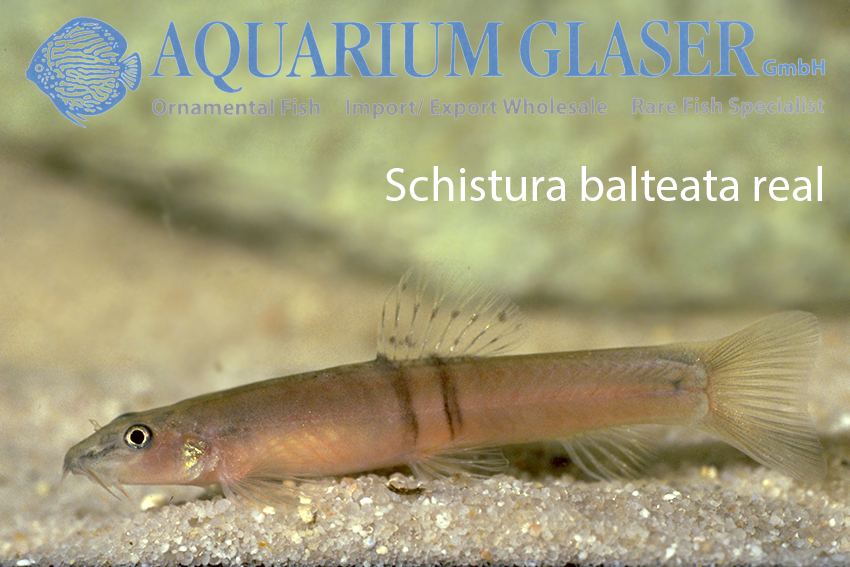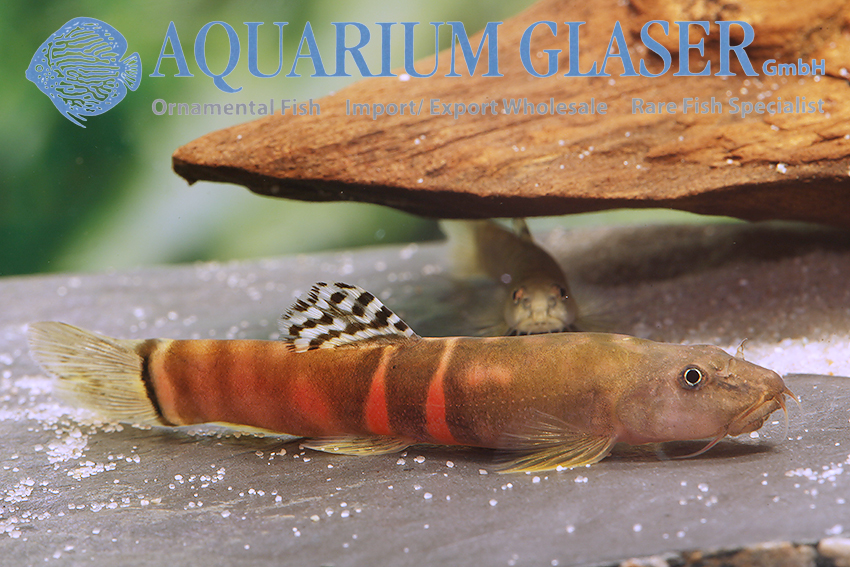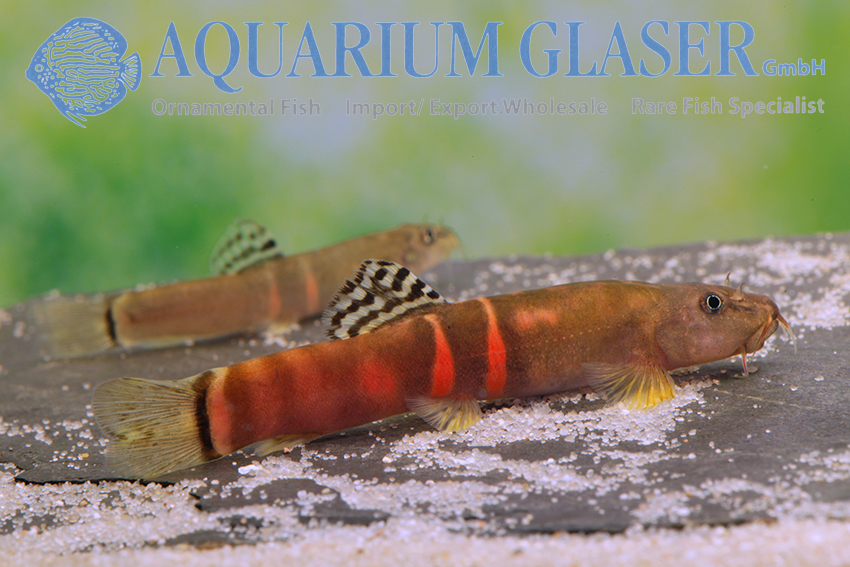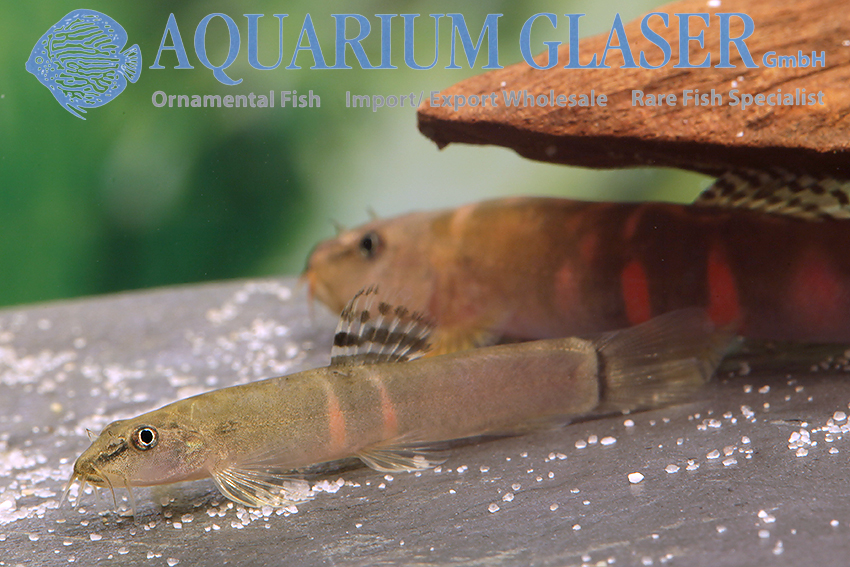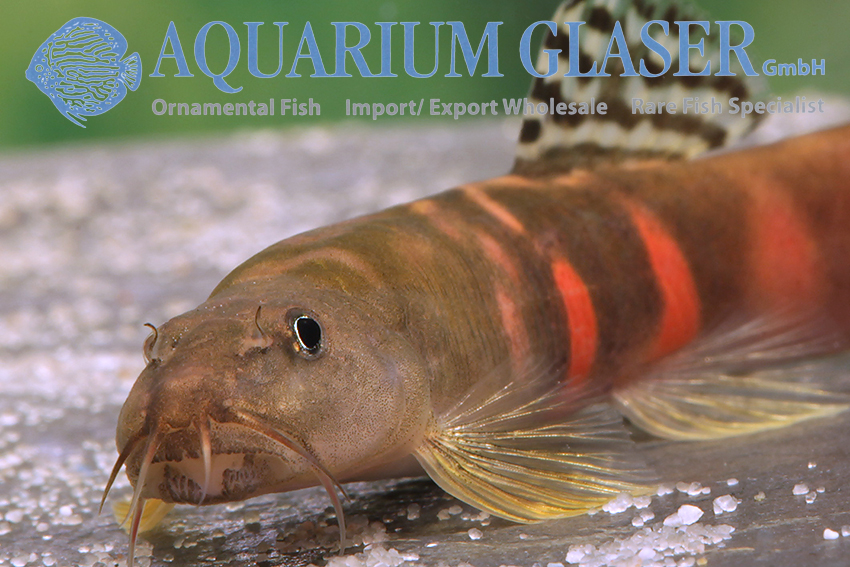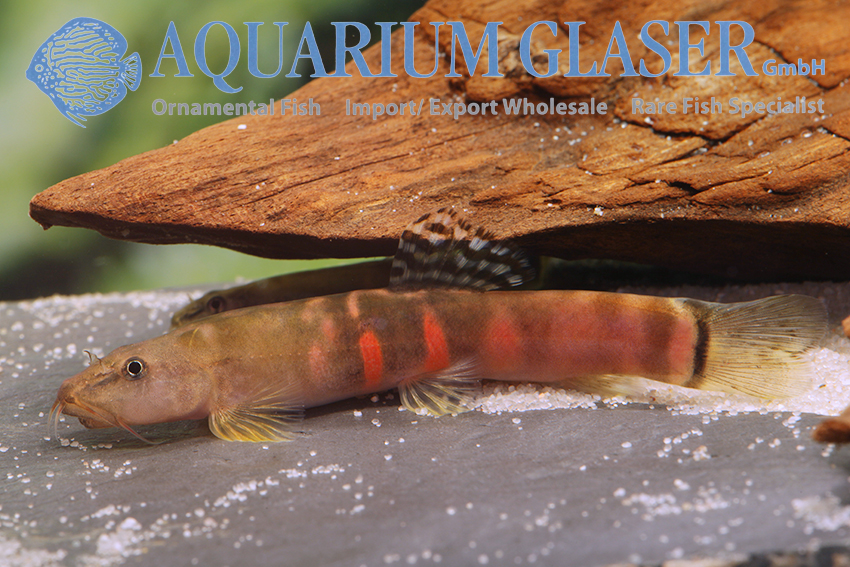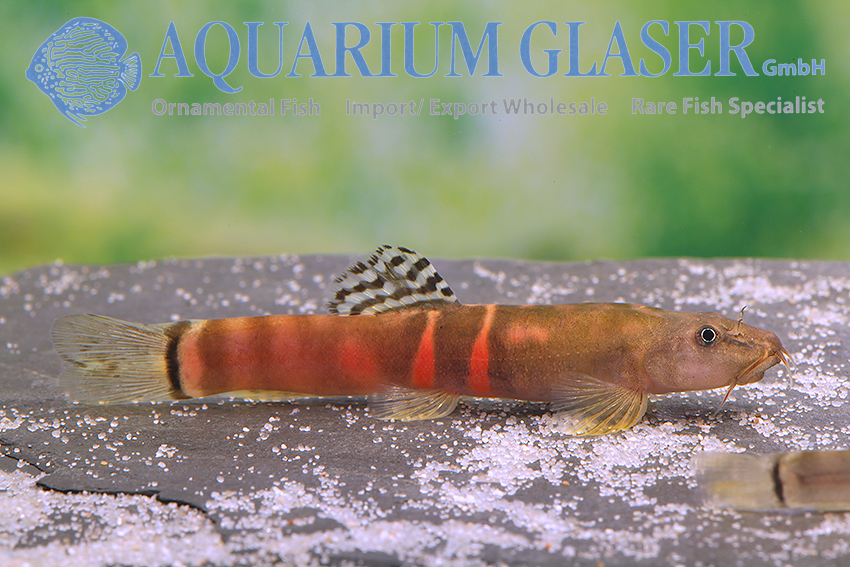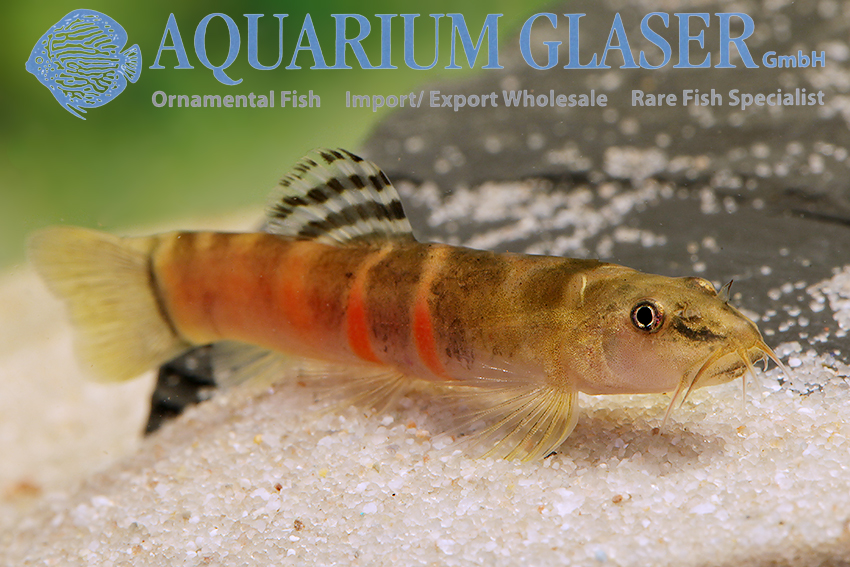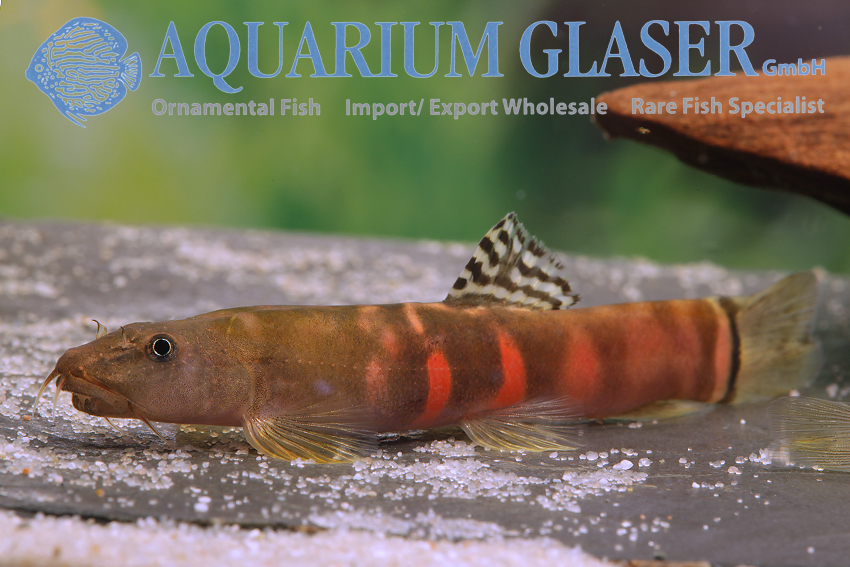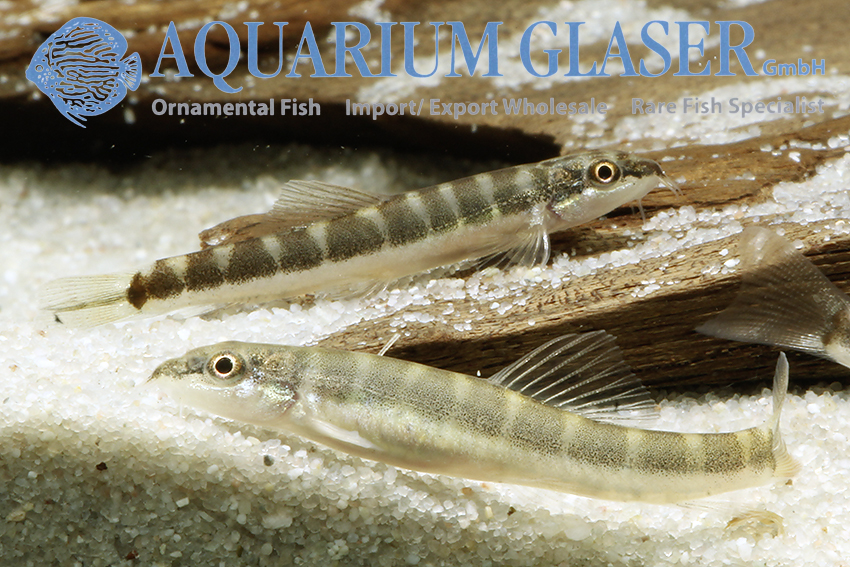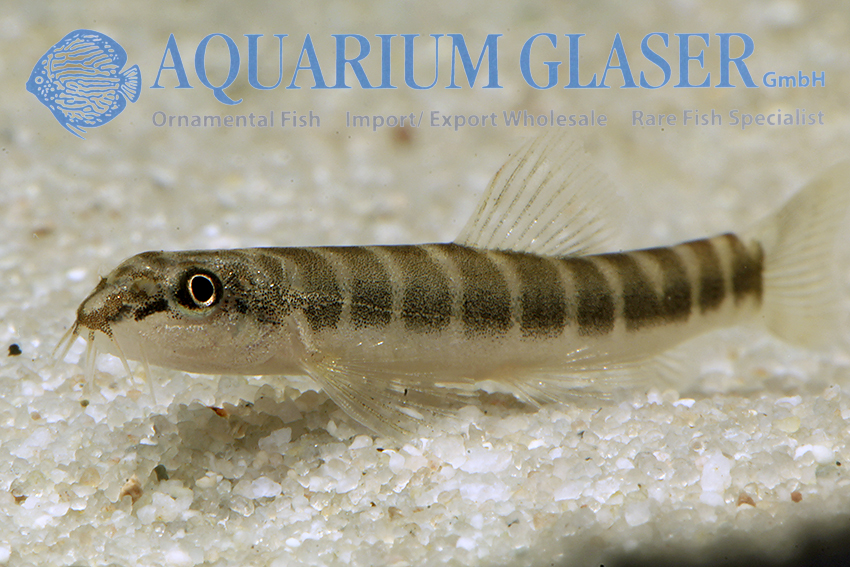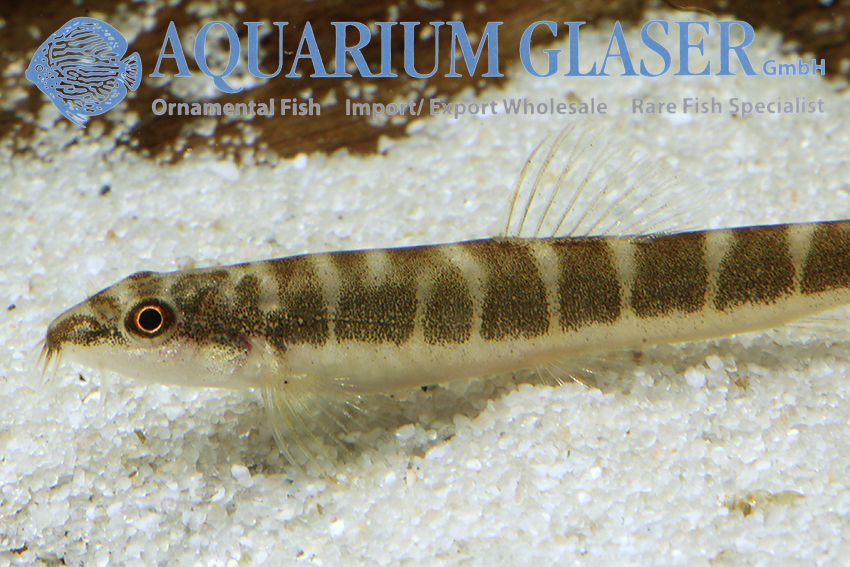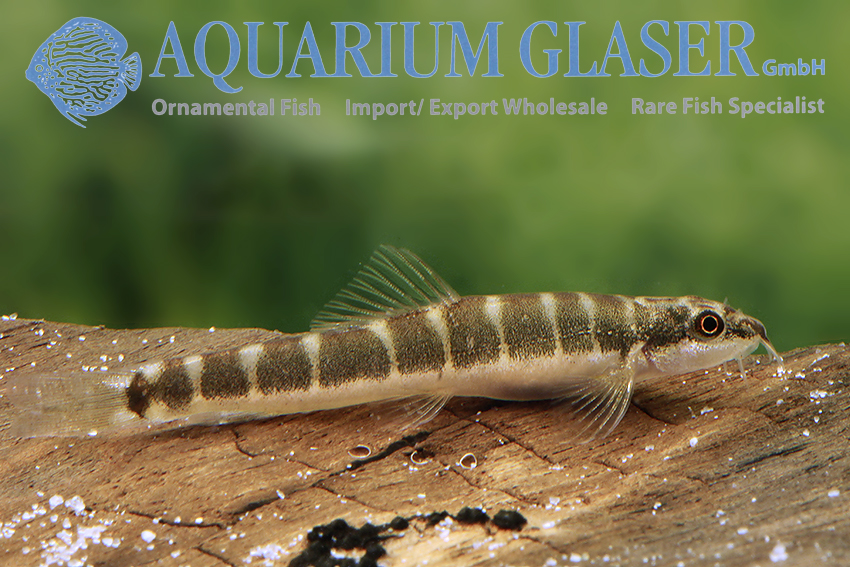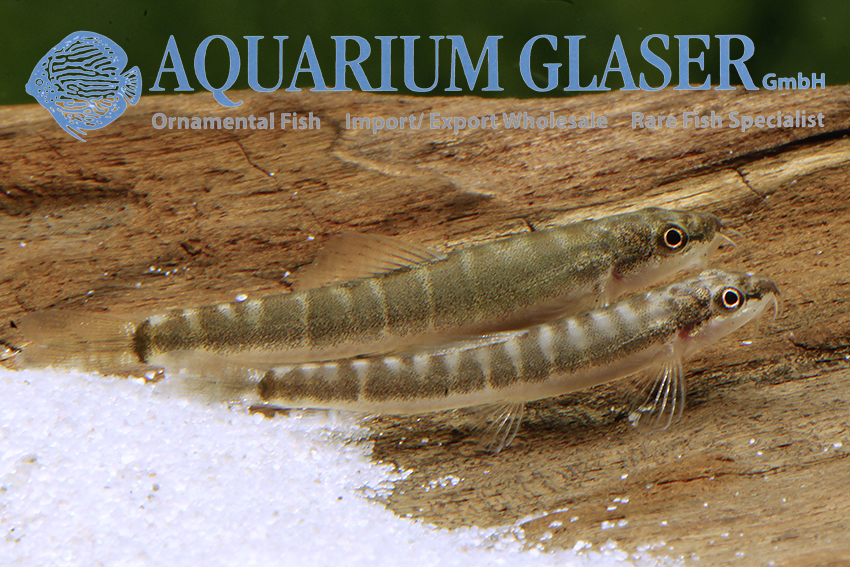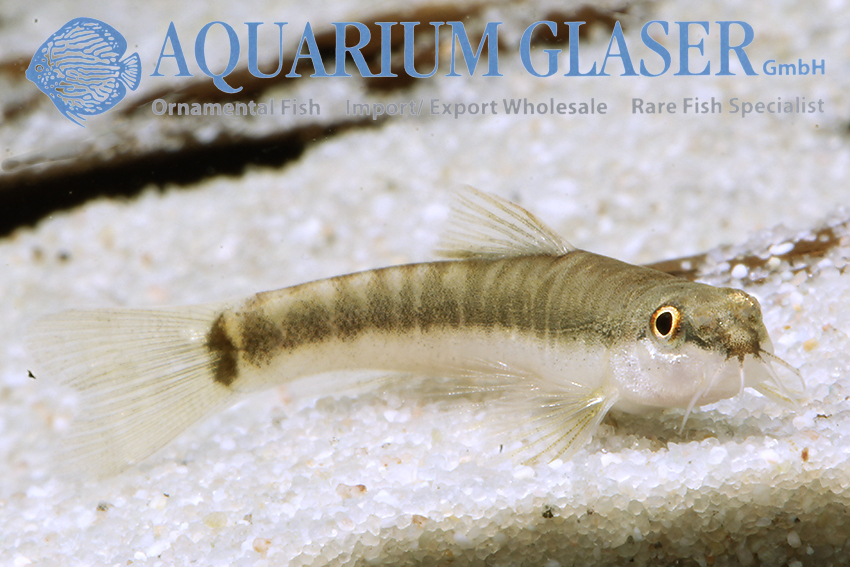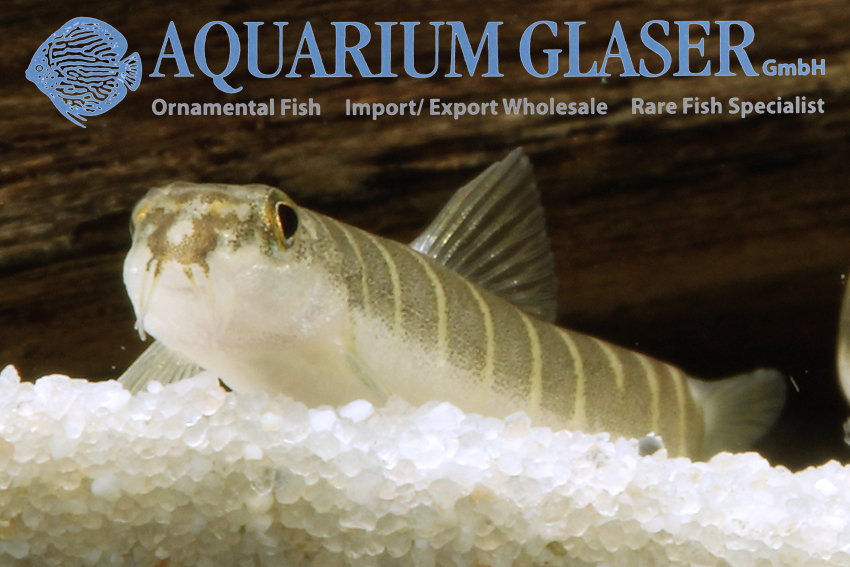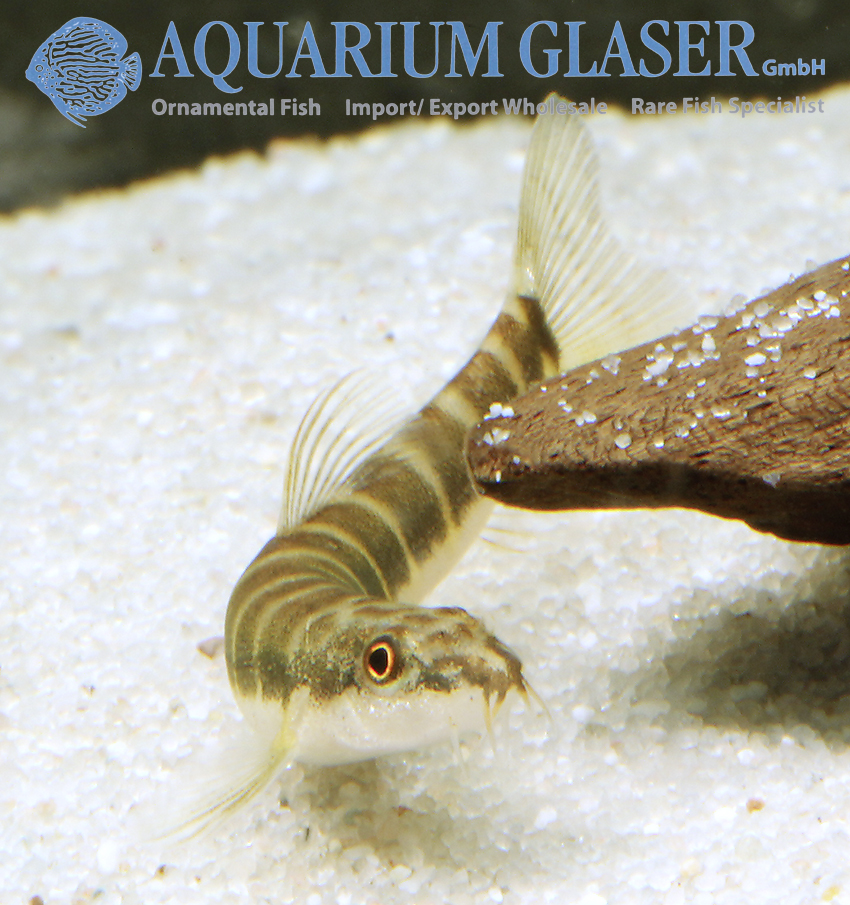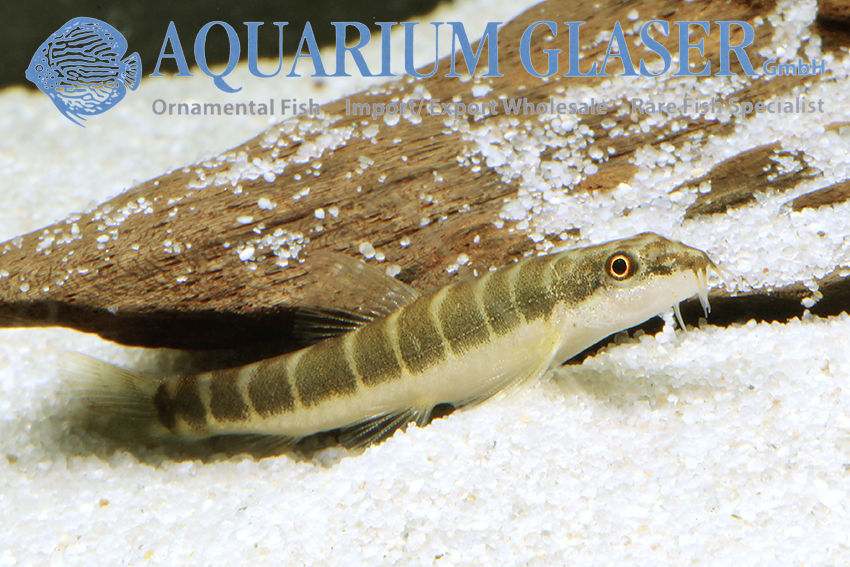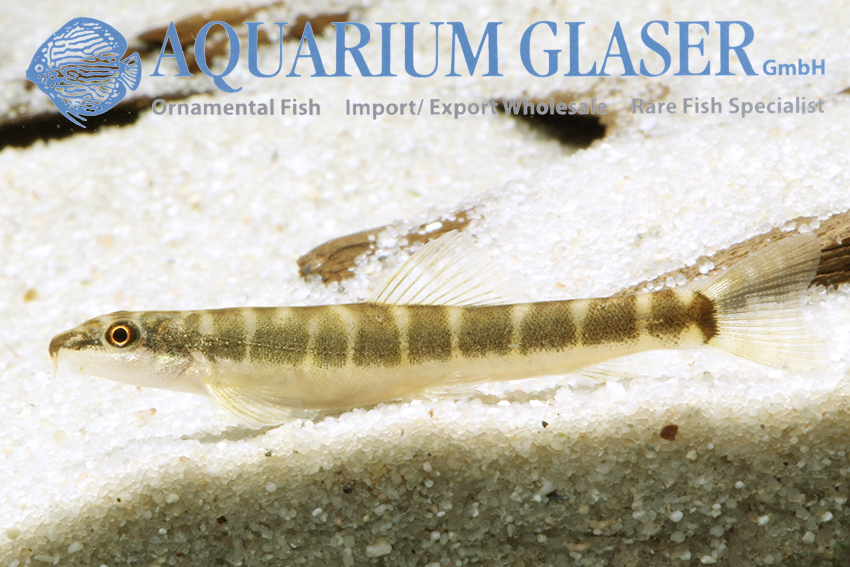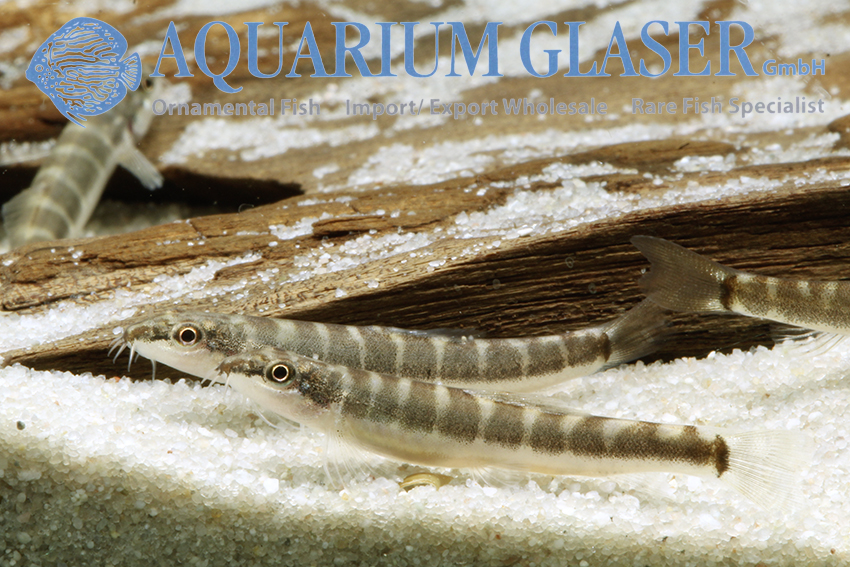A funny name for a funny loach! In 2000, Kottelat assigned it to a loach from Laos when describing it scientifically. Quasimodo was the hunchbacked bell-ringer in a world-famous novel by Victor Hugo. And the loach from Laos has a hump – hence the name. However, the loach from Laos has a second characteristic that is extremely unusual for loaches. Loaches are bottom-dwelling fish and eat from the bottom. Accordingly, the mouth slit is directed downwards (underslung). Not so with Schistura quasimodo. Here the mouth fissure is almost horizontal (subterminal).
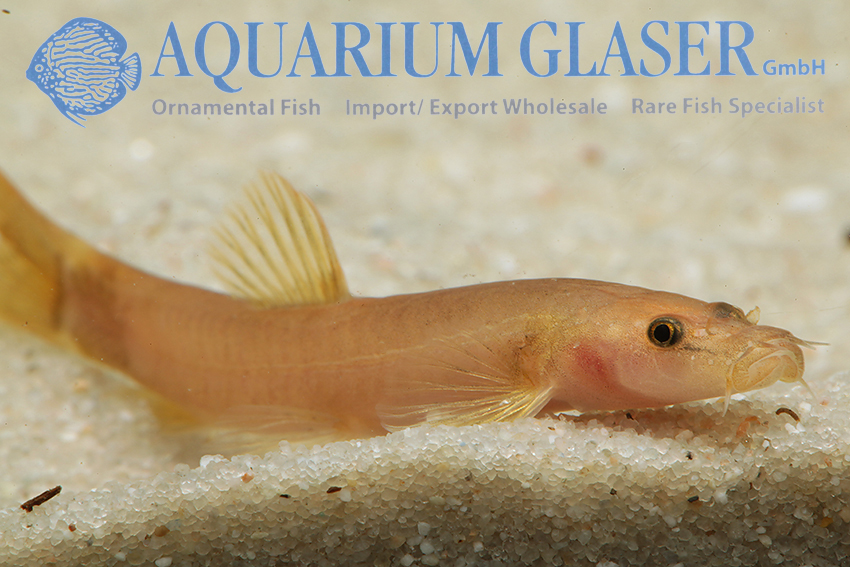
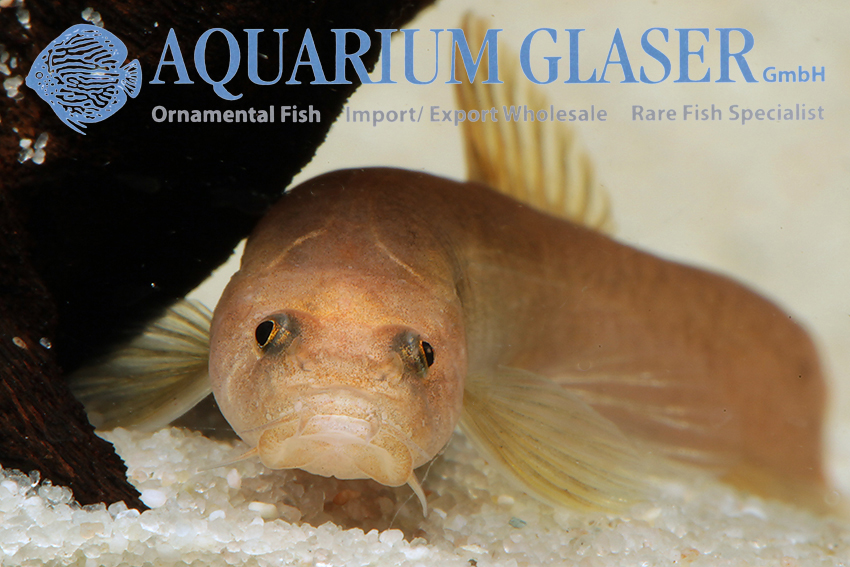
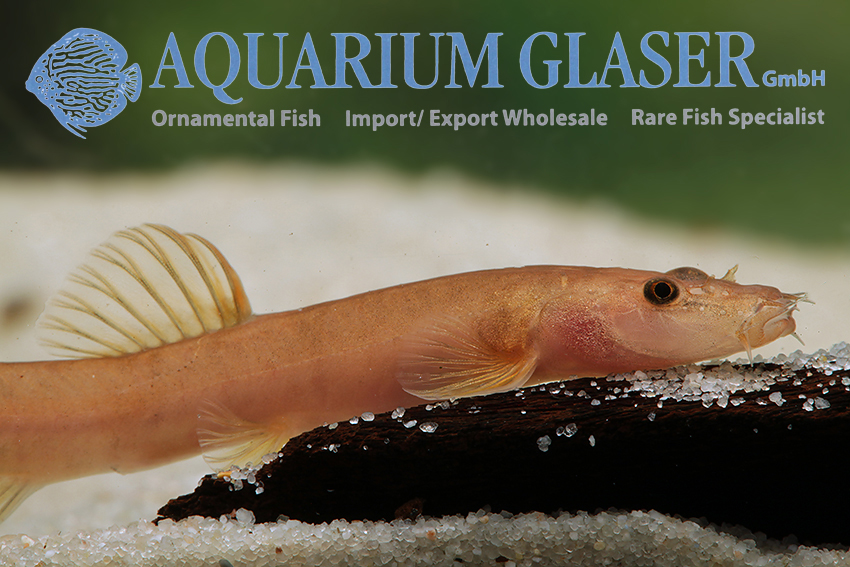
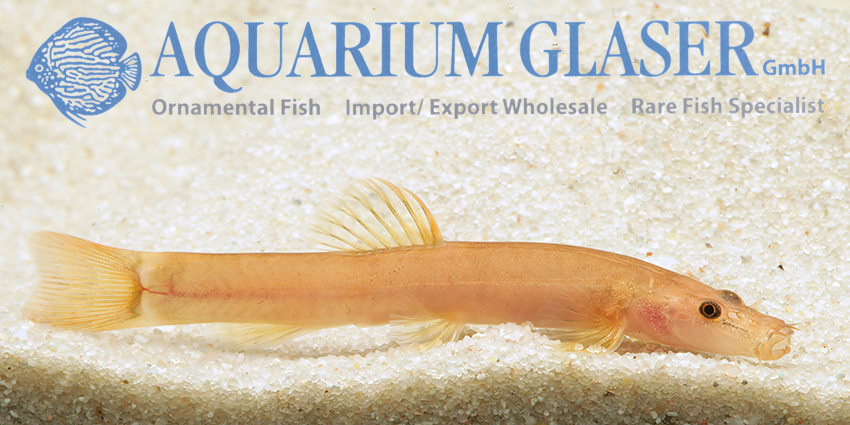
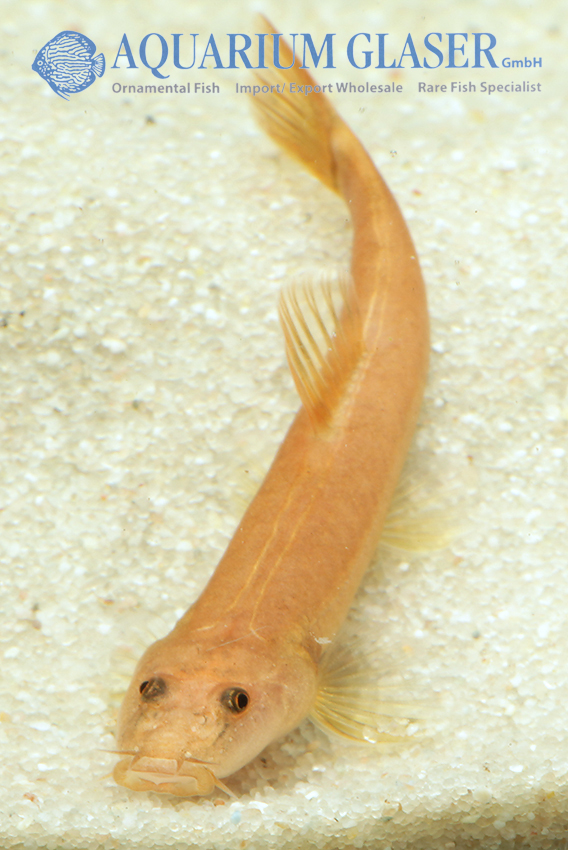
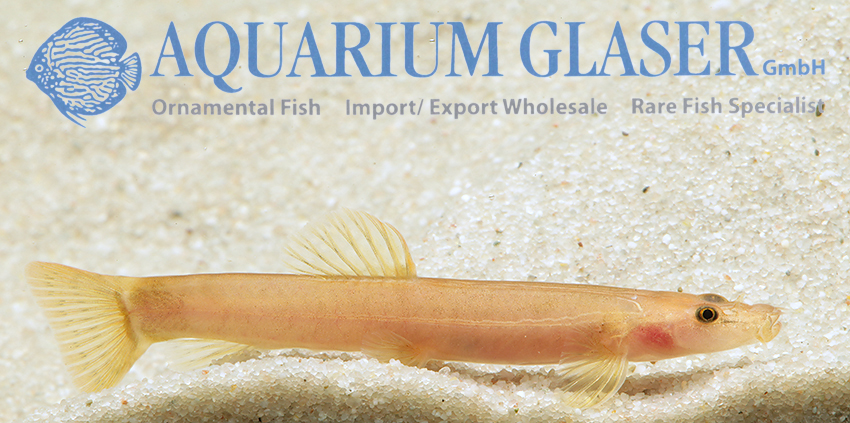
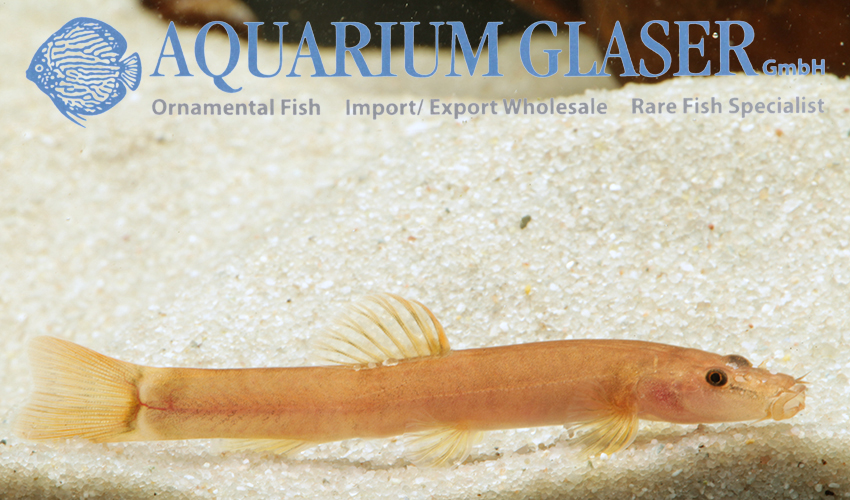
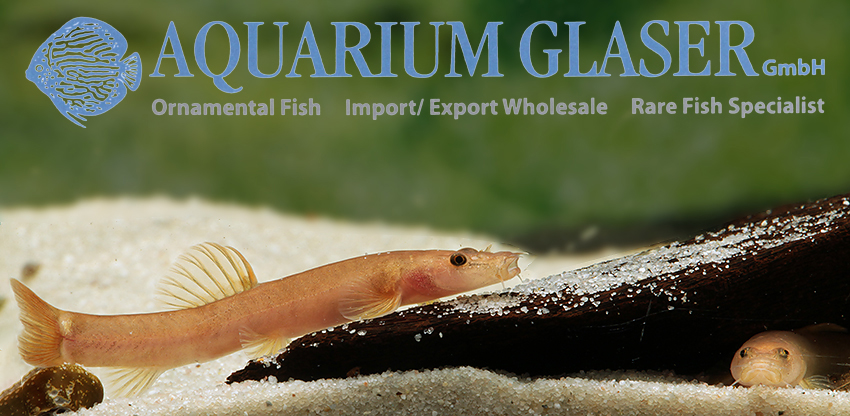
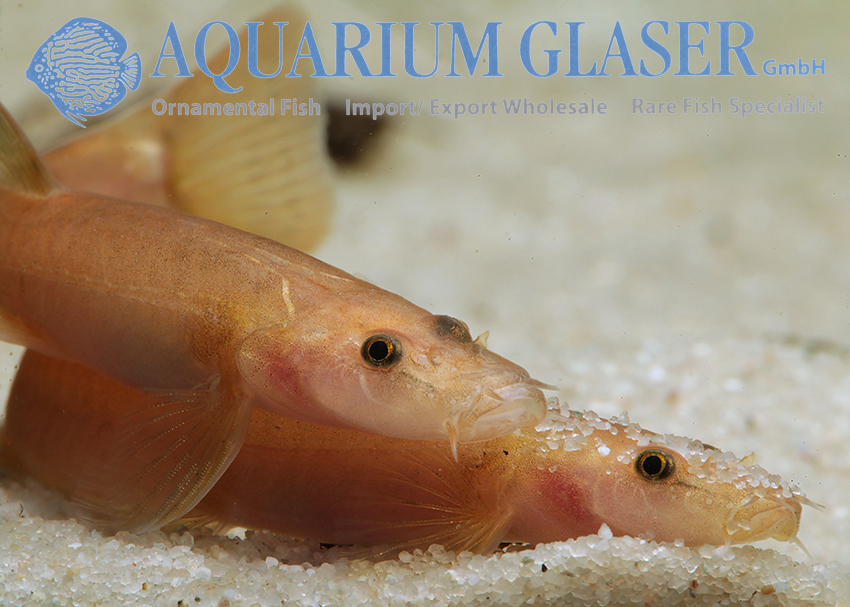
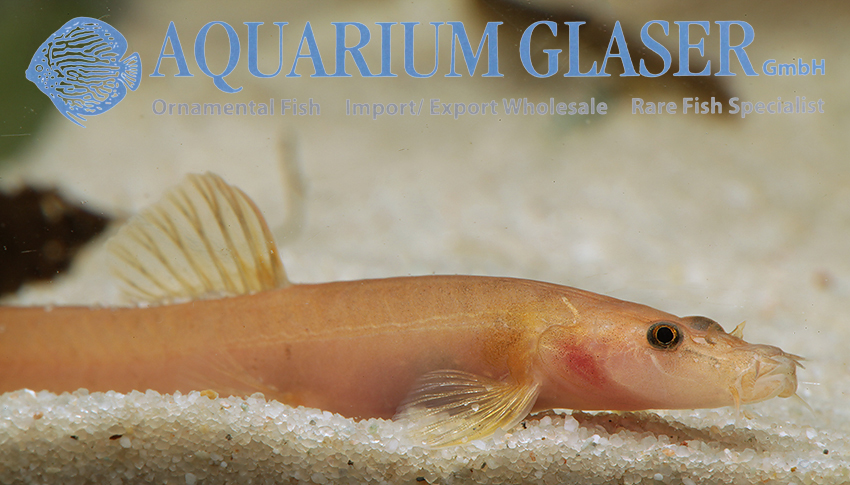
We have now received for the first time a loach from northern Thailand, which also has a clearly terminal mouth. It differs from Schistura quasimodo from Laos by the absence of the hump – but this may be a matter of age – and coloration. S. quasimodo is striped (juveniles up to 10 stripes, 6-8 in adults of 5-6 cm length), ours are monochromatic. Therefore we assume that our fishes are a scientifically undescribed species.
At present our animals are 4-6 cm long, it is expected that they will grow another 1-2 cm. Among themselves they are peaceful, but it is obvious that we have no long-term experience with the animals yet.
For our customers: the fish have code 454862 on our stocklist. Please note that we only supply wholesale.





